A control board is an important component in every HVAC system. And knowing where to find it is advantageous especially when you need to diagnose problems involving it. That's why we researched the location of an HVAC control board and how you can find them, and here is what we found.
The location of the AC control board is normally in the air handler, which is where the thermostat wires enter the cooling system. A furnace's control board is typically found in its blower chamber, in front of the blower, behind the bottom access panel. Given the numerous cables that run through and out of it, it ought to stand out immediately.
You can easily find it by removing the front panels of your furnace. Or you can find it by tracing where your thermostat wires connect to your equipment.
Continue reading as we discuss the functions of the control board, how to check if it's faulty, and the signs that you need to replace it. We'll also talk about how much it costs to repair or replace them and how long they last.
![Air heat pumps beside house backyard garden, Where Is My HVAC Control Board? [How To Find It?]](https://hvacseer.com/wp-content/uploads/2022/10/Where-Is-My-HVAC-Control-Board-How-To-Find-It.jpg)
How Does The Control Board Help In The Operation Of Your HVAC Equipment?
Your HVAC unit's control board has various functions. These include:
Sends Signal To Other HVAC Components To Do Their Work
One of its main duties is to take data from your furnace and thermostat sensors, make judgments based on that information, and then send messages to other system components.
If your control board isn't operating properly, your igniter may never receive instructions to function.
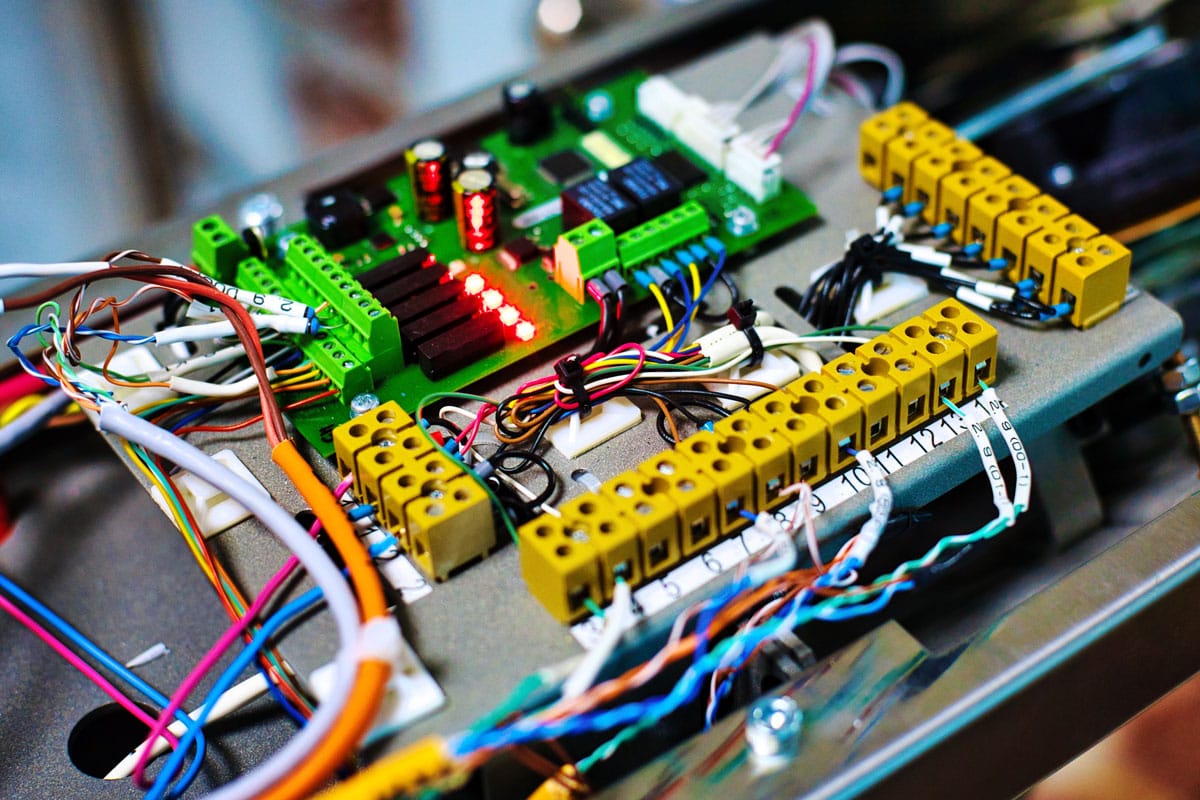
Helps In The Safe Operation Of Your Unit
However, this component is more than just a simple relay. Modern control boards are created by furnace makers to monitor sensor input for warning indicators of problems. This function promotes the safe operation of your furnace.
For instance, if the igniter has failed, the control board may use information from the flame sensor to prevent your gas valve from remaining open.
Lets You Know Of Potential Problems By Sending Error Codes
When a sensor reports false data or when sensor data suggests a potential failure, many control boards include the ability to store error codes.
In these circumstances, you may frequently determine the error code by comparing a list of potential problems included in the unit's user handbook to a flashing LED on the control board.
Powers Your Thermostats
It's surprising to learn that your control board also powers the thermostats in your house. Your home's 120V line voltage is changed to 24V via a transformer inside the casing of your furnace. The control board then receives this voltage and distributes it to each thermostat in your home.
Click here for this product on Amazon!
What Are The Signs That You Have A Faulty Control Board?
Given how crucial it is for your HVAC system to operate properly, a broken control board might result in a variety of problems. These signs show when you have a malfunctioning HVAC control board:
- If you see the LED lights of your board blinking, you must observe them. They often blink in patterns, so if you notice anything strange with them, there might be a problem. You can locate error codes in your user's manual, which you should consult to properly diagnose the issue.
- The control board may malfunction if you notice that the temperature in your home is continually changing or if it unexpectedly becomes too hot or chilly. Sometimes, the board fails to give the appropriate instructions to other system components, which might result in a complete disaster.
- Any deviations from the typical flow of events that your HVAC system is accustomed to could indicate a problem. This is because the HVAC system is typically built to operate in a specific order.
- In essence, stemmed plugs are soldered to the metal circuit. This could raise several issues if done incorrectly.
- When there is a gap in the joints that fit the metal circuit. The enlargement after it heats and expands alters the form or introduces gaps, which causes issues with the control board.
- The electromagnetic switches are stuck. Under or overvoltage is typically the cause of this problem. The switches become inoperable due to wear and tear from excessive heating. On the other hand, an insufficient voltage may result in the contacts of the relay opening and closing.
- If you notice damage in the transistors. Unfortunately, excessive heat and energy generated during the startup process might harm several components. Your control board may become severely damaged or operate much more slowly as a result.
How Do You Check If You Have A Faulty Control Board?
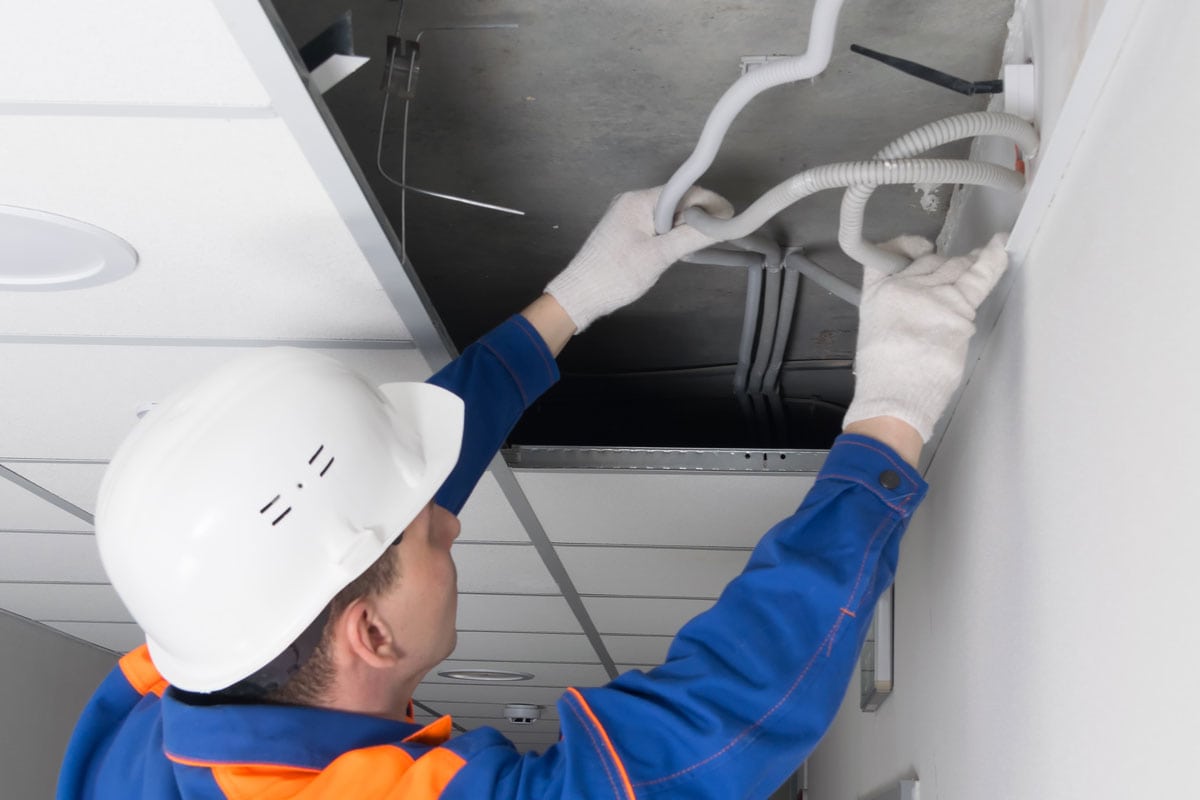
Before you discard your control board, you have to first verify that it is indeed faulty. To do this, you can follow these steps:
Part 1:
- Check the port and compare the light to the trouble codes listed in your furnace's manual or schematic.
- Before continuing, remove both access panels, if necessary, with your screwdriver. The control panel and other interior furnace components are typically housed in the two access panels that are common on furnaces. These could either have a clasp or screws holding them in place.
- The door switch on the majority of furnaces must be depressed for power to flow into the furnace. This will become apparent as soon as the access panels are removed because they frequently serve to hold the door switch in the down position. To keep this switch held down while you work, use electrical tape.
- Confirm that the control board is receiving power. If your control board has an indicator light, doing this is fairly simple. An LED light serves as the indication, and it blinks when the control board receives power. If the board has power, you can proceed to the next step.
- Find the furnace's terminal strip, which is typically near the border of the control board. On the terminal strip, you'll observe 5 wires in various colors and the associated letters (R, W, Y, G, C). You may check for low-voltage power flowing out of the terminal strip using the "R" wire. Touch the "R" and "C" wires with the leads of your meter. Once more, you ought to see 24 volts.
Click here for this product on Amazon!
Part 2:
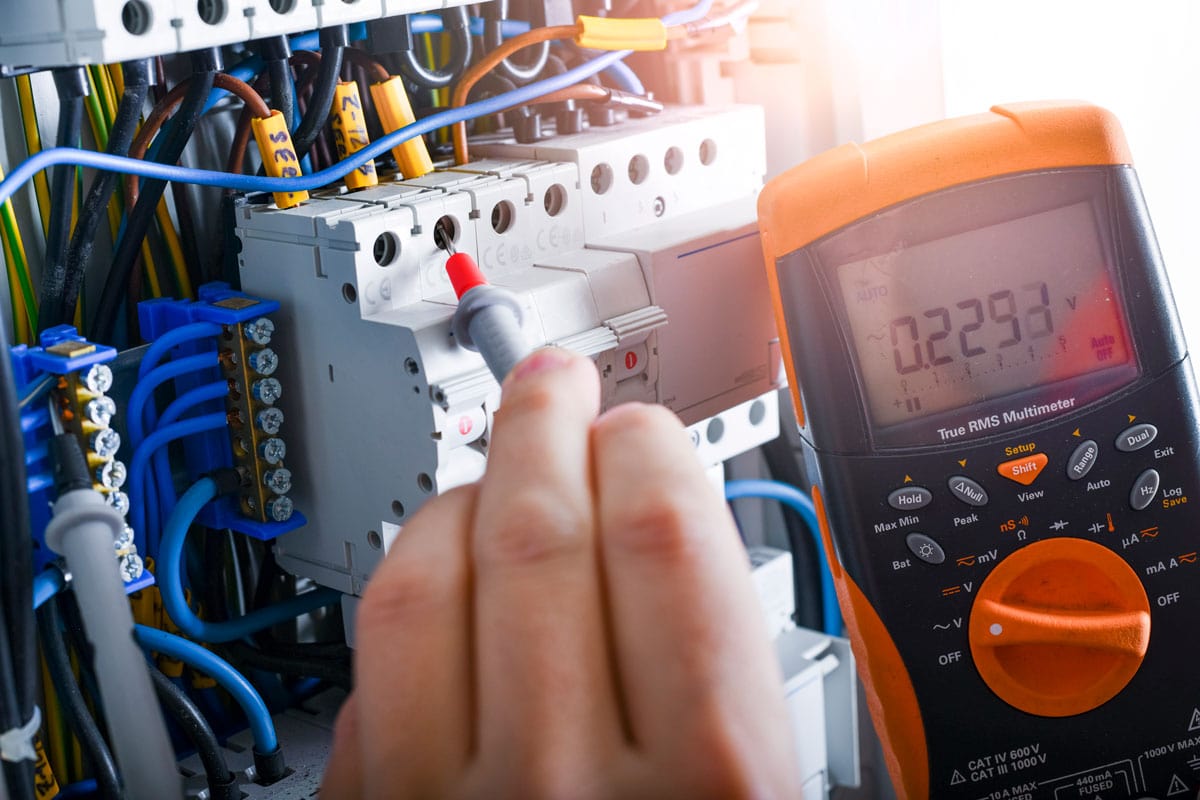
However, if the LED lights don't blink, which indicates that it doesn't receive any power, you can proceed to these next steps after the 4th step on the 1st part:
- On your transformer, find the common wire. It is wired using two high voltage (often black and white) and two low voltage cables totaling four wires.
- Find the wire that connects the door switch to the control board to help you find the line voltage next. On the control panel, it is typically marked "LINE." This wire is what supplies your furnace with 120 volts.
- Connect the meter leads to each of the transformers' high-voltage lines. Your meter should read 120 volts, indicating that the transformer is receiving 120 volts.
- Repeat the last process now using the low-voltage wires. Your meter should read 24 volts, indicating that the transformer is discharging 24 volts. When a transformer receives 120 volts but does not output 24 volts, the transformer is likely malfunctioning and is the root of the issue.
- Follow back the two low voltage wires to your control board to a Molex socket. You should once more observe 24 volts on your meter if you insert the leads of your meter into the Molex plug sockets where the low-voltage wires are connected.
- Repeat the 5th step in the 1st part of this guide.
Click here for this multimeter on Amazon!
You can tell your furnace control board is functioning effectively if you completed all of the stages above and have power emanating from your line voltage through your transformer and Molex plug and out through your thermostat terminal strip.
Click here for this Molex plug on Amazon!
How Much Does It Cost To Repair An HVAC Control Board?
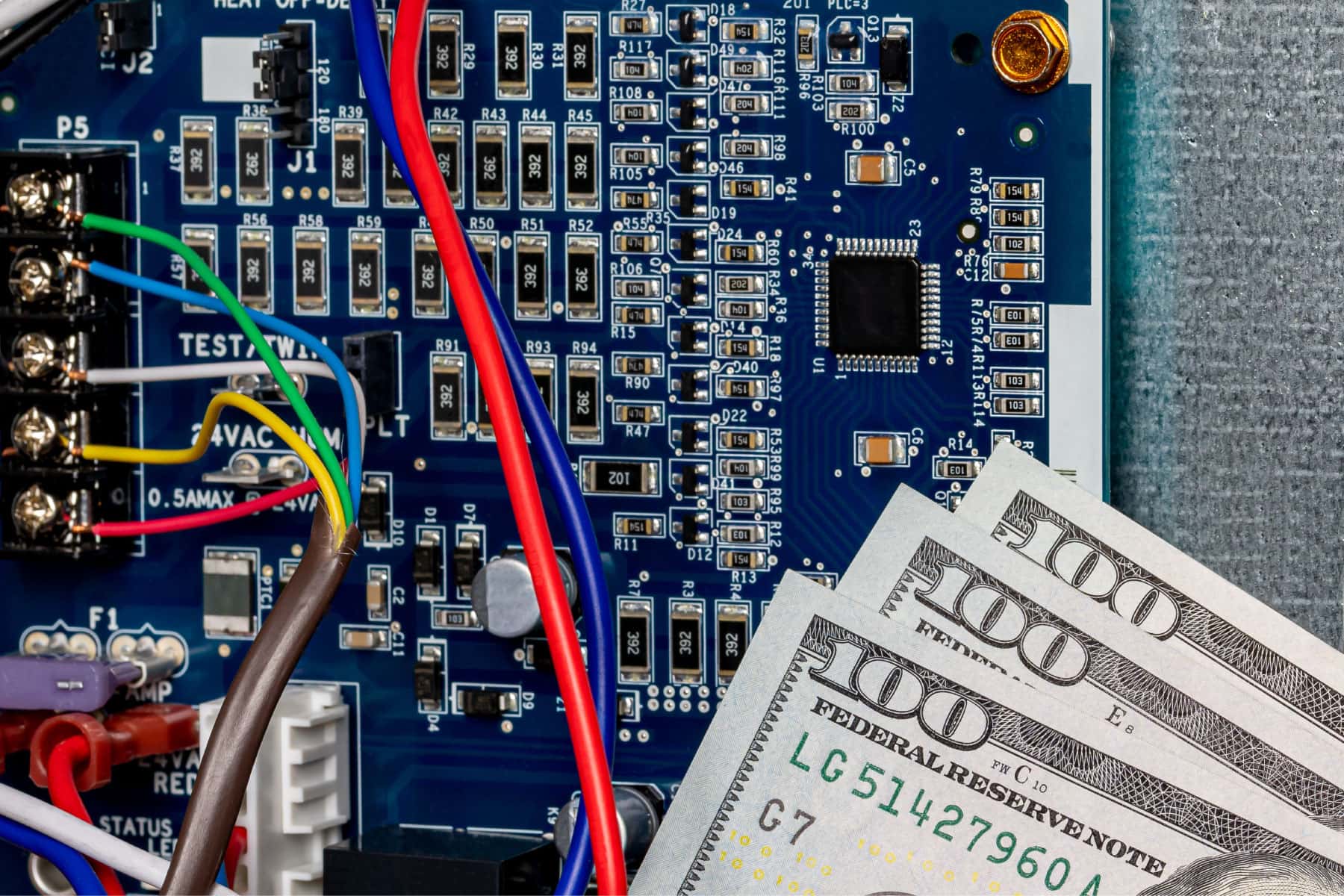
Replacement furnace control boards typically cost between $300 and $650.
- The price of a furnace motherboard or circuit board ranges from $50 to $300 for the component alone.
- The labor costs range from $250 to $350 to replace it.
- Furnace repairs cost $75 to $150 per hour from HVAC contractors.
On the other hand, if an air conditioner is not covered by warranty, replacing the control board costs $150 to $700; if it is, labor charges range from $100 to $300.
Depending on the brand, type, and model, AC control board prices range from $50 to $400 on average for the component alone.
How Long Is The Lifespan Of An HVAC Control Board?
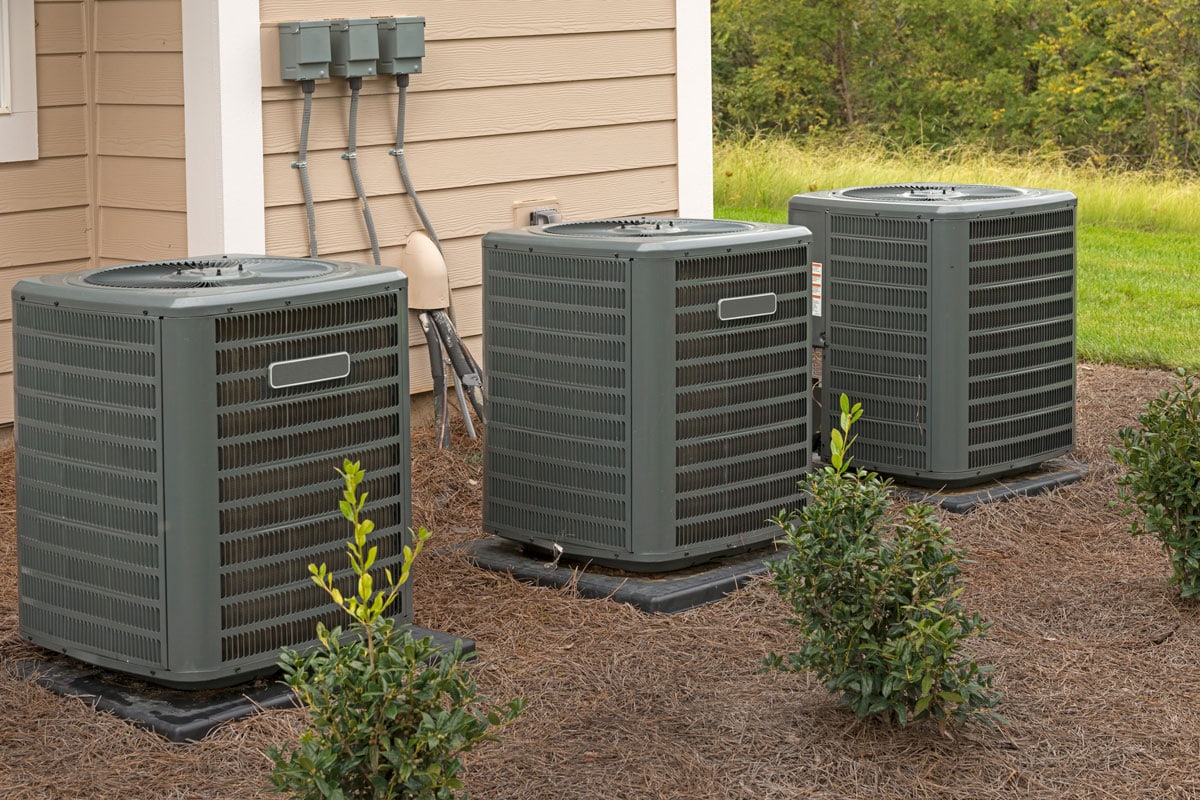
Depending on the state, use, and amount of maintenance of the furnace, a circuit board typically lasts 10 to 15 years. Circuit boards endure longer thanks to annual furnace checks and filter cleanings that enhance performance.
Similarly, lasting as long as the HVAC system itself, an AC circuit board has a lifespan of 15 years or more.
In Conclusion
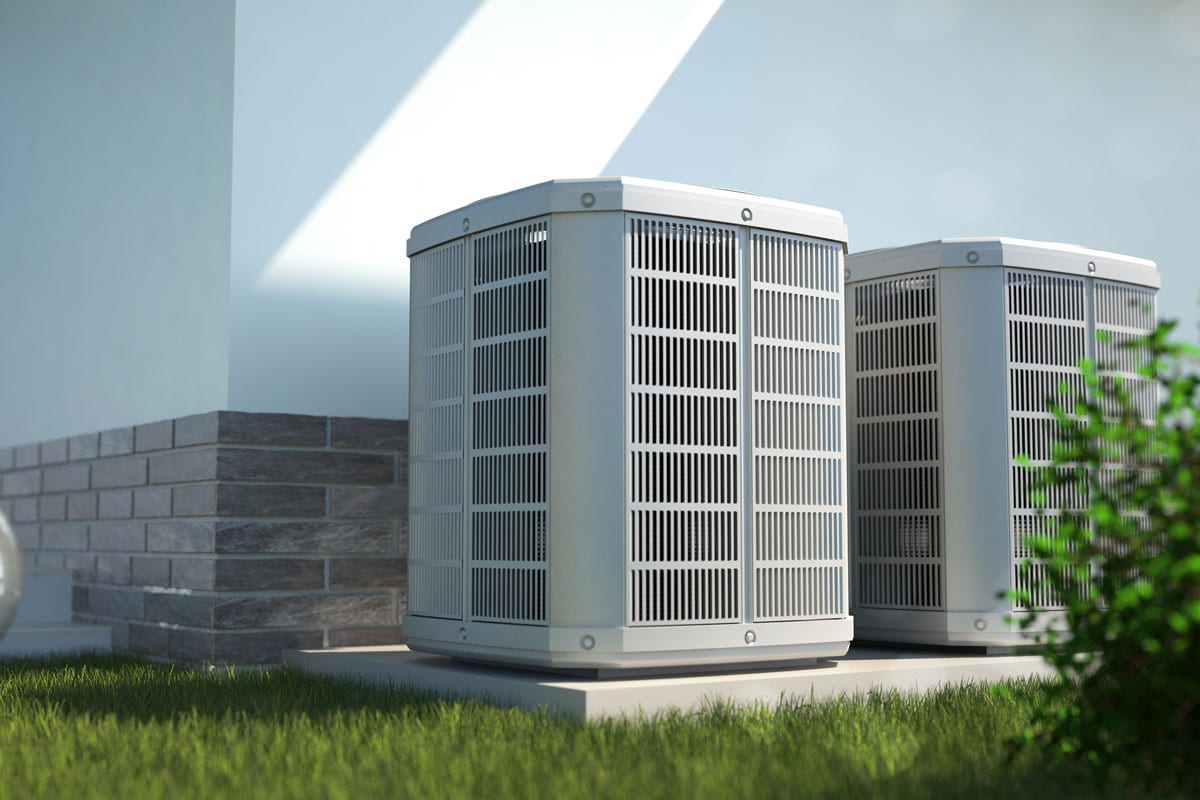
It is easy to find the control board of your HVAC. You can locate it in your furnace's blower chamber or your air handler unit. You just need to access and remove the front panel of your unit to find it.
Before you leave, you can check out these other articles:
How To Light A Gas Furnace With An Electronic Ignition [Step By Step Guide]




